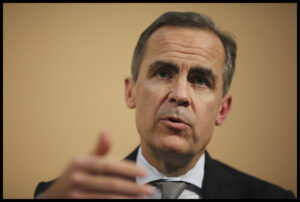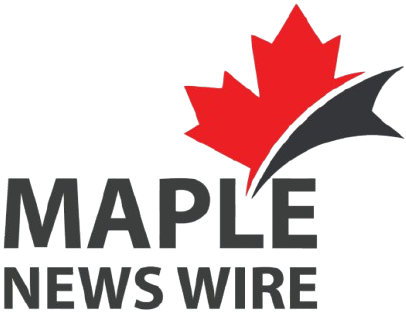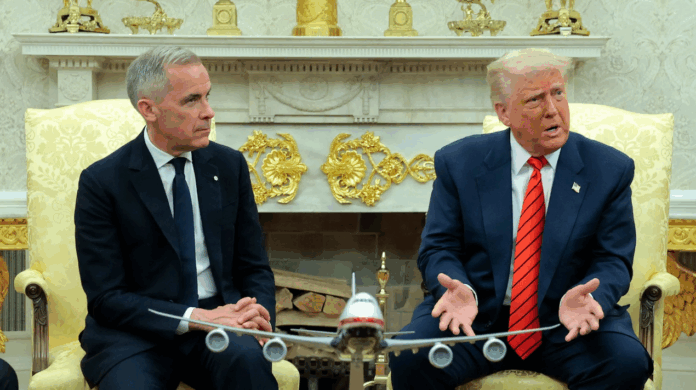PM Mark Carney meets President Trump amid tariff disputes, declaring Canada “not for sale” as both leaders seek to ease trade tensions and defend national interests.
Ottawa/Washington, May 6, 2025 – In a high-stakes meeting that captured global attention, Canada’s newly elected Prime Minister Mark Carney met U.S. President Donald Trump at the White House to discuss escalating trade tensions, following a recent wave of tariffs and provocative statements that have strained relations between the neighboring allies.
Background: The Tensions Mount
The diplomatic summit came just days after President Trump imposed a 25% tariff on Canadian steel and aluminum imports, citing “unfair trade advantages” and “national security interests.” This move triggered concern across Canadian industries and ignited a political firestorm in Ottawa. Adding fuel to the fire, Trump publicly mused that Canada should consider becoming the “51st U.S. state”—a comment widely criticized as inappropriate and inflammatory.

Carney’s Stand: ‘Canada Is Not for Sale’
Emerging from the meeting, PM Carney offered a firm and composed response, stating, “Some places are never for sale. Canada stands on its own feet — proudly and independently.” The remark has already gained traction as a rallying cry for Canadian sovereignty and economic resilience.
Carney, a former Bank of Canada and Bank of England governor, entered the meeting with expectations of pushing for tariff relief while maintaining Canada’s economic and political autonomy. While no formal agreements were reached, both leaders described the meeting as “frank and friendly,” suggesting a channel for continued dialogue remains open.
Key Issues Discussed
- Tariffs & Trade Access: Carney urged for the rollback of tariffs that disproportionately affect Canadian exporters and small businesses. Trump defended the move as a negotiation tactic but signaled willingness to “revisit terms.”
- Energy Cooperation: Talks also focused on North American energy security, including U.S. investment in Canadian pipelines and natural gas exports.
- Digital Border Controls: Both leaders agreed to form a joint task force on digital trade, intellectual property protection, and cross-border data transfers.
Public Reaction: Nationalism Surges in Canada
Carney’s strong stance has resonated deeply with Canadians, many of whom view the meeting as a defining moment of leadership. Hashtags like #NotForSale and #StandWithCarney have gone viral, and public approval for the Liberal government has ticked upwards.
Opposition leader Pierre Poilievre criticized the government’s lack of preparation for Trump’s aggressive tactics but acknowledged Carney’s composure as “commendable under pressure.”
What’s Next?
Although the summit didn’t yield immediate trade resolutions, it marked an important step in reshaping Canada-U.S. diplomacy under a new leadership era. Analysts expect negotiations to continue through back channels in the coming weeks, with possible trade delegation visits planned in June.
As Carney returns to Ottawa, his message is clear: Canada will pursue fair trade, defend its sovereignty, and continue engaging diplomatically — but without capitulation.


